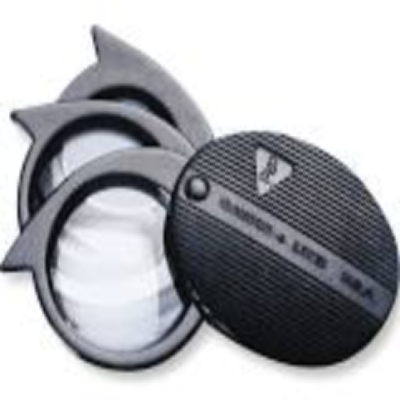The Importance of Wood Species Identification

One of the first things you need to understand about wood is variability. As a biological material it is inherently different than other building products such as steel. A steel beam has uniform properties throughout the beam and each beam will have essentially the same properties. A wood beam will not. Wood properties vary from tree to tree but also within a tree! For an individual tree, there is a vertical and horizontal profile that corresponds to tree growth in both the vertical (longitudinal direction) and diameter (radial direction). These changes are most profound in pine trees. So, this is the reason why when you go to your local lumber yard you have to dig around in the bin to find the board(s) that you want. They all have the same grade but due to variability they don’t all look the same nor will they all perform the same.
Species has a great influence on wood properties. Each species has unique anatomical properties that allow for a trained eye to properly identify the species. There are a few exceptions. For example, there are several species that are classified as southern pine. Botanically a forester can identify these as separate species based on the cones and needles. However, there is insufficient variation in the wood properties to separate them so they are all sold commercially as southern yellow pine (SYP).
The main factor that separates wood species is density which is simply mass per unit volume. Due to anatomical structure, some species have a higher density (oak, hickory) than others (cottonwood, walnut). You may wonder if they have the same volume, why isn’t the density the same? Why does the weight vary between species if we take measurements at the same moisture content? Again, due to the inherent anatomical structure of some species they have a greater amount of wood per unit volume and others have a greater amount of air per unit volume. If you were to look at an oak species under a microscope you would see thick cell walls with little open spaces (air). The opposite is true for a low density species. So, the first step to proper wood utilization is wood species identification. If you need help with wood species identification for a special project, legal matter, etc., please contact me at tfshupe@gmail.com.
Meet the Author
Dr. Todd Shupe is the President of Wood Science Consulting, LLC. He is a well-recognized expert on wood forensics, wood preservation, wood decay and degradation, and wood species identification. He has a broad background in new product development, quality management, and marketing and sales in both the public and private sectors. For more information please visit DrToddShupe.com.
We welcome your comments below.
Thank you for visiting. We trust that you have enjoyed reading our articles.
Liked this post? Read more below or search for more topics . . .

